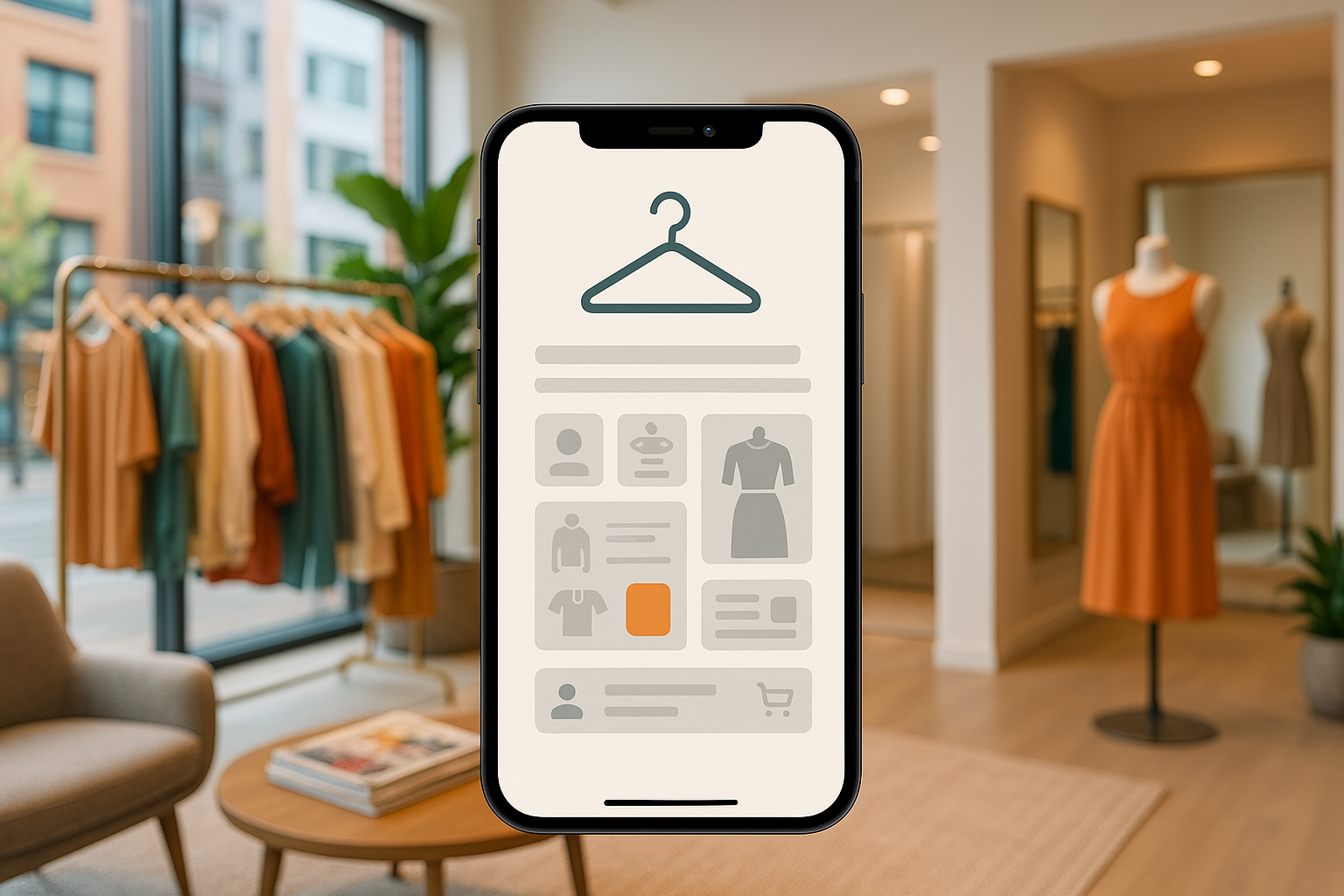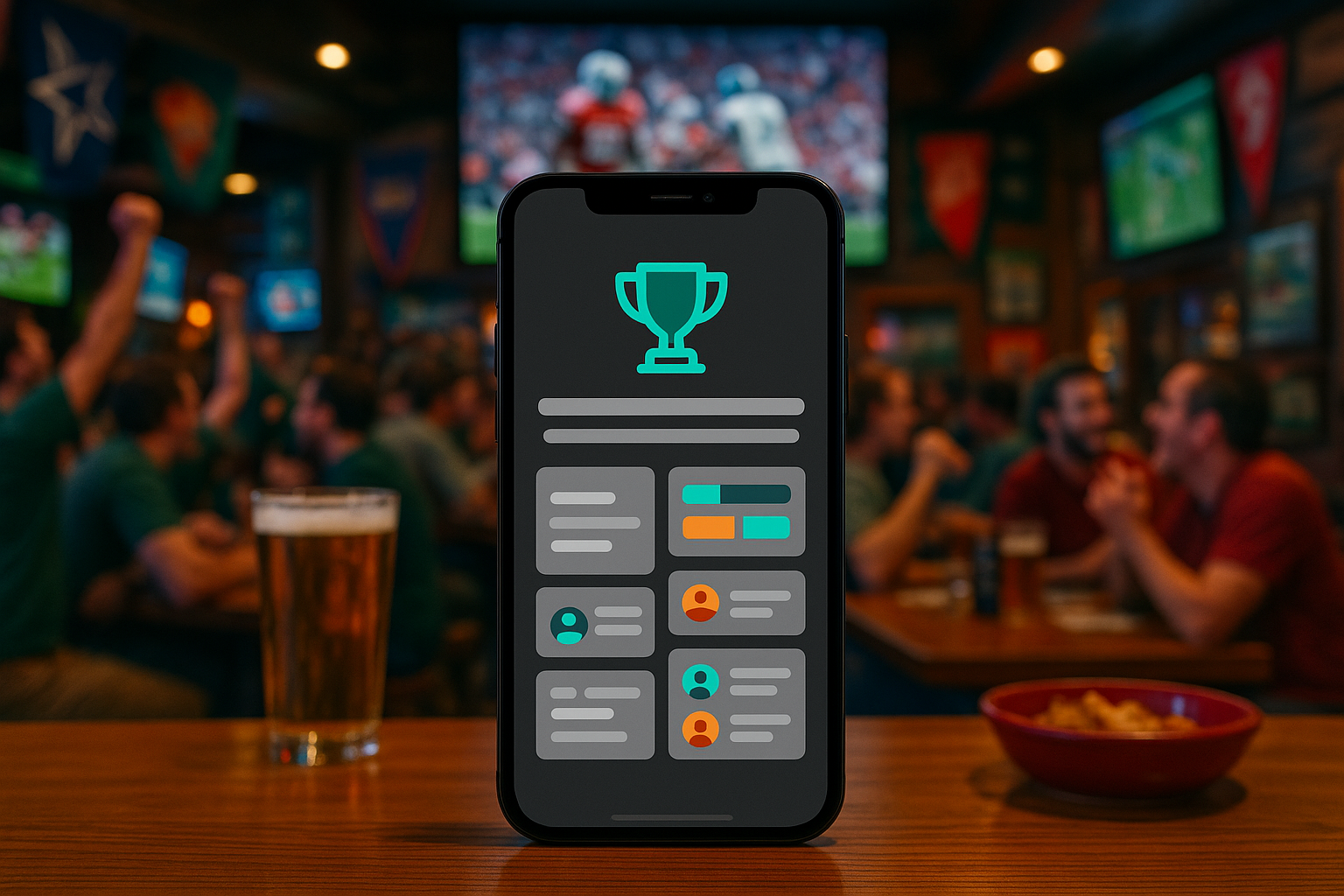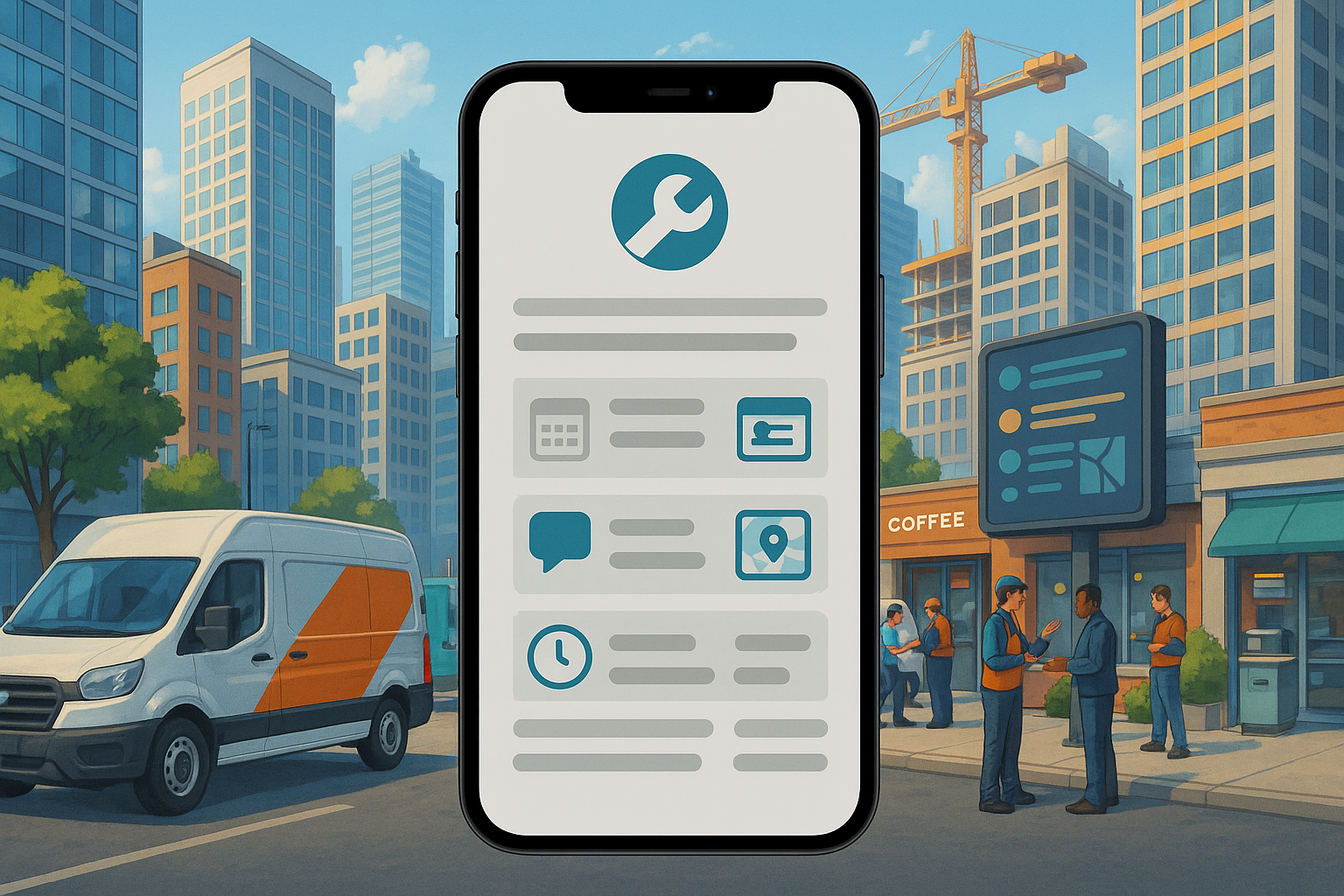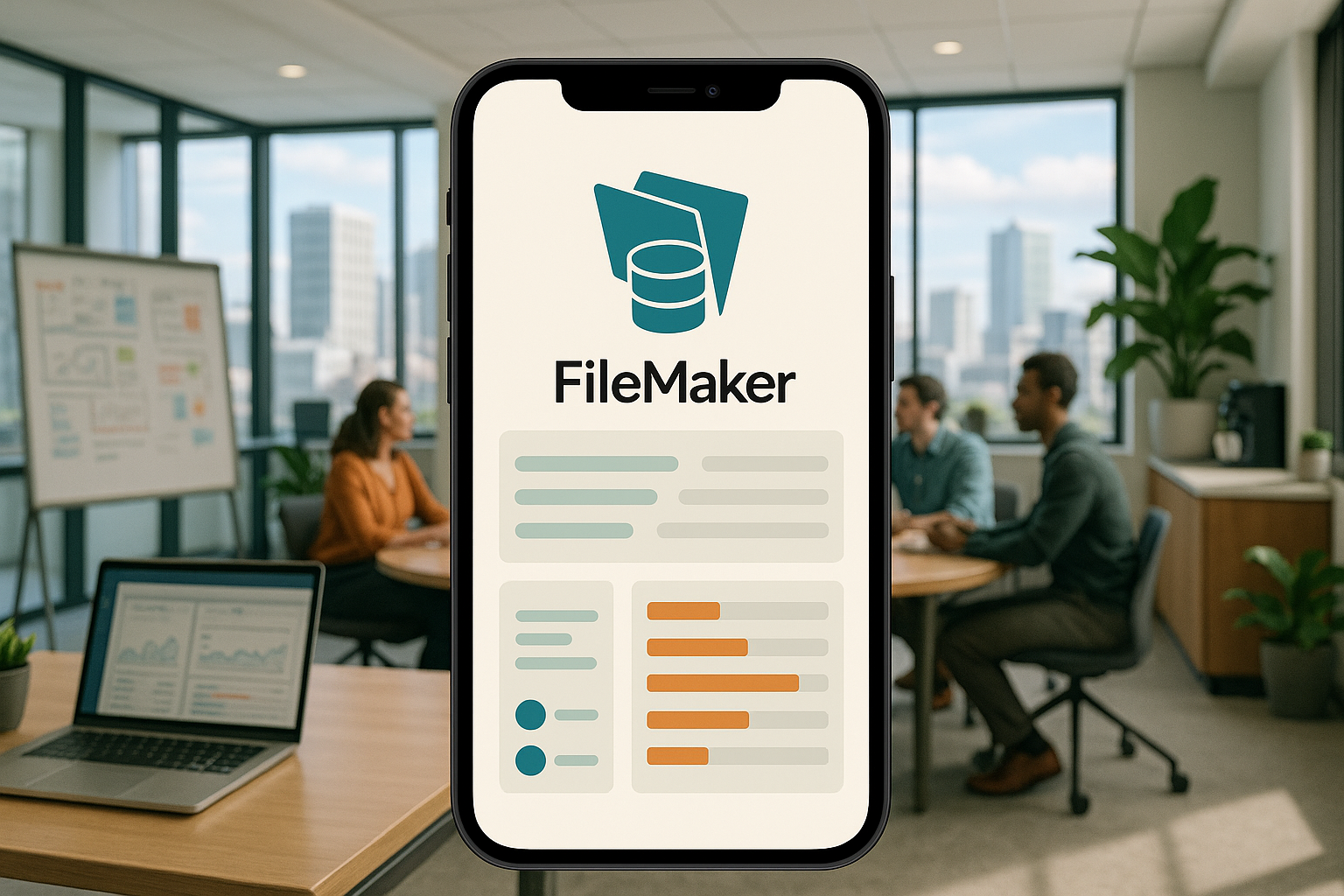The fashion industry is no longer confined to runways and physical storefronts. Today, it lives in the palm of our hands, powered by innovative mobile applications that are changing how we discover, purchase, and interact with style. But creating a successful fashion app is far more complex than simply building a digital catalog. It involves grappling with sophisticated technologies like artificial intelligence, augmented reality, and intricate personalization engines. Many brands and entrepreneurs find themselves facing significant hurdles when trying to develop these applications in-house, from staggering costs to a lack of specialized technical expertise.
This article serves as a comprehensive guide to the world of fashion app development. We will explore what defines a modern fashion app, unpack the significant challenges of in-house development, and categorize the different types of applications shaping the market. Furthermore, we will provide a realistic cost estimate for building such an app and introduce you to the leading development companies that can turn your vision into a reality. As a top US AI-powered app development firm, we at MetaCTO have extensive experience building, growing, and monetizing sophisticated mobile applications. We will show you how partnering with an expert team can help you navigate the complexities of fashion tech and launch a product that captivates users and drives business growth.
What is a Fashion App?
At its core, a fashion app is a mobile application designed to enhance a user’s experience with clothing, style, and shopping. However, this simple definition belies the incredible diversity and sophistication of the tools available today. The best fashion apps have evolved far beyond simple e-commerce platforms; they are indispensable tools that are fundamentally changing the way people shop, discover new trends, and personalize their style.
These applications serve as multifaceted style companions, offering a range of features that cater to every aspect of a user’s fashion journey. They can provide inspiration by recreating runway looks, help users stay ahead of evolving trends, and even offer tools for creative expression.
A truly great fashion app allows users to explore their favorite items without ever stepping into a store, offering a seamless and engaging digital experience. Key features that define a modern fashion application include:
- Personalization and Recommendations: Good fashion apps provide personalized recommendations to users. This is often powered by sophisticated AI that learns a user’s preferences over time, suggesting items and outfits that match their unique taste. Apps like Stitch Fix take this a step further, using a detailed style profile to have a personal beautician handpick clothing for the user.
- Styling and Wardrobe Management: Many platforms are reliable clothes styling apps that help users curate their wardrobe. They can function as “what-to-wear” guides, offering tools to track wardrobe collections, create new looks from existing clothes, and even provide virtual try-on capabilities.
- Shopping and Discovery: A primary function is, of course, shopping. Apps provide seamless browsing and help customers find trendy and stylish outfits effortlessly. They often include features like a universal shop, which aggregates items from various retailers, and image recognition, which allows a shopper to check the QR code of an item and buy it online. Social curation applications enhance discovery by letting customers browse through a much larger list of items from a wide array of retailers, helping them find more personally significant things.
- Creative Tools: For the creatively inclined, some fashion applications offer tools to design and customize clothes. These fashion design apps empower creative professionals to innovate and help ensure the world of fashion remains inclusive and accessible to all.
- Essential Platform Features: To succeed, a fashion app must be built on a solid foundation. This includes an attractive user interface, secure and easy checkout payments, product reviews, and scalability to handle growth. A secure platform is non-negotiable for building user trust.
Ultimately, a fashion app is an ecosystem that blends inspiration, personalization, and commerce into a single, cohesive experience.
Reasons It Is Difficult to Develop a Fashion App In-House
While the allure of creating a proprietary fashion app is strong, the path of in-house development is fraught with challenges that can derail projects, inflate budgets, and delay time-to-market. Fashion retailers often discover that building these complex digital products requires a level of specialized expertise that extends far beyond traditional e-commerce.
Time, Cost, and Risk
One of the most significant hurdles for in-house teams is the slow pace of development. Internal processes and developer queues can mean that implementing new selling trends takes 6 to 12 months. In the fast-paced world of fashion, such a delay can make an app feel dated before it even launches. Furthermore, implementing these new trends through in-house development, as opposed to using readily available app solutions, often involves higher cost and higher risk for the fashion retailer. Without a dedicated team that lives and breathes mobile technology, projects can quickly go over budget and fail to deliver the expected return on investment.
The Technical Complexity of Advanced Features
The features that make modern fashion apps so compelling—like AI-powered recommendations and AR virtual try-ons—are also what make them incredibly difficult to build. Integrating these technologies requires deep, specialized knowledge that most in-house teams simply do not possess.
Augmented Reality (AR) Virtual Try-On
Virtual try-on (VTO) technology is a game-changer, but its implementation is notoriously complex and demands a level of technical expertise and customization that off-the-shelf products often fail to provide. The challenges vary significantly depending on the item:
- Clothing: This is the most difficult VTO category. Creating a realistic simulation of how clothes change shape to fit a person’s body requires a deep learning model that can recognize not just key points on joints, but the body’s shape in 3D. Standard key points are sometimes not enough for specific tasks, like fitting underwear, which necessitates building custom models. The task is made even harder on smartphones, where changing camera positions make pose estimation more challenging.
- Shoes: Virtual try-on for shoes is less common than for other items, which means it might require creating and training custom foot pose estimation models. This process is hindered by a lack of the 3D annotation data needed for effective training.
- Watches and Jewelry: Even seemingly simpler items present unique problems. Standard AR frameworks like ARKit and ARCore may not support wrist tracking separately or lack full-body tracking, requiring additional AI expertise to function accurately.
- Glasses: While some basic VTO for glasses is possible, a more sophisticated approach requires AI expertise. The experience is also highly susceptible to low-quality cameras and poor lighting conditions, which can degrade accuracy.
Beyond the specific items, developing a VTO solution requires a lot of technical skill to ensure good quality. It involves obtaining or creating high-quality 3D models, which can be a significant investment of time and money, and understanding the inherent limitations of the technology.
AI, Infrastructure, and Security
Implementing advanced VTO and personalization features necessitates robust AI app development. This can involve everything from face and hair segmentation for trying on different hair colors to complex algorithms for spatial awareness and object detection for placing virtual furniture.
Furthermore, these apps generate and process a significant amount of data, raising critical infrastructure and security concerns:
- Performance: VTO apps that rely on cloud computing need a fast, stable internet connection to work smoothly. A poor connection can lead to a frustrating user experience.
- Data Privacy: Data privacy is a critical concern, especially when users are sharing photos or videos of themselves in tight-fitting clothing. With users being more aware of privacy issues than ever, it is crucial to implement a proper consent mechanism and ensure compliance with regulations.
- Security: Using cloud computing for data processing introduces potential security risks that demand additional precautions and expertise to mitigate.
Navigating these technical minefields requires a seasoned team. By partnering with an agency like us, you gain access to specialists who have already solved these problems. Our expertise in AI development allows us to integrate these cutting-edge features efficiently and securely.
Different Types of Fashion Apps
The fashion app market is not a monolith. It is a vibrant ecosystem of different application types, each serving a distinct purpose and catering to a specific user need. Understanding these categories can help you define your niche and shape your product strategy.
1. E-commerce and Shopping Apps
These are the most common type of fashion apps, focusing primarily on the discovery and purchase of clothing and accessories. They range from massive marketplaces to curated brand experiences.
- Marketplace Apps: Platforms like Temu and Poshmark have become dominant forces. Temu caters to both budget-conscious shoppers and trendsetters by blending variety with value. Poshmark operates as an online commercial marketplace where individuals can buy and sell their own fabrics, shoes, and other style components, creating a circular economy for fashion.
- Aggregator Apps: ShopStyle is a leading fashion outfit app that functions as a powerful aggregator. It efficiently scans the virtual inventory of users’ favorite stores, allowing them to check for item availability, discover trends, and access exclusive deals without having to browse multiple websites. It streamlines the online shopping experience by putting everything in one place.
- Beauty-Focused Apps: Some apps, like Hush, are online commercial marketplaces with a specific focus on beauty items, stocking everything from cosmetics and nail polish to skincare items.
- Brand Apps: Clothing stores with apps offer curated collections and seamless shopping experiences that reinforce their specific brand identity.
2. Styling and Wardrobe Management Apps
These applications act as personal stylists, helping users make the most of their fashion choices. They focus on personalization, curation, and organization.
- Personal Styling Services: Stitch Fix is a prime example. Users fill out a detailed style profile, and a personal beautician sends a case of handpicked outfit choices. The user keeps what they like and sends back the rest, with free delivery and returns. The service becomes more fitted to the user’s style with each order as the beautician learns their preferences.
- Outfit and Closet Organizers: Many apps offer tools to track wardrobe collections, get AI-powered recommendations, and receive curated fashion suggestions. These “what-to-wear” apps or free styling apps help users curate looks from clothes they already own or wish to buy.
3. Fashion Design and Creativity Apps
This category empowers the creative side of fashion, providing tools for both professionals and hobbyists.
- Clothing Design Apps: These applications provide tools for users to design and customize their own clothing. The best fashion design apps, some of which are free, help ensure that fashion remains innovative and effortlessly accessible for all.
- Specialized Tools: The Pantone Color Finder is a perfect example of a specialized creative tool. It allows designers to easily convert any color into the closest Pantone number, and the mobile app can even extract Pantone values directly from a photo.
4. Professional Networking and Industry Apps
A subset of fashion apps serves the needs of industry professionals, providing platforms for networking and career development.
- Apps for Fashion Designers and Stylists: These platforms serve as essential tools for networking, trend analysis, and even fashion show management.
- Apps for Fashion Models: These apps bridge the gap between inspiration and execution by offering platforms for aspiring models to connect with agencies and photographers.
Cost Estimate for Developing a Fashion App
Determining the cost of a fashion app is not a one-size-fits-all calculation. The final budget depends on a variety of factors, from the platform you choose to the complexity of the features you wish to implement. However, we can provide a general framework based on industry data.
Designing and developing an app like ASOS typically costs between $35,000 and $50,000 for a version with basic features. However, several key factors can push this development cost to $100,000 or even higher.
Key Factors Influencing Cost
1. Features and Functionality
The quantity and complexity of features have a direct impact on price.
| Feature Tier | Included Features | Estimated Cost Range |
|---|---|---|
| Basic | User Profiles, Product Listings, Reviews & Ratings, Barcode/QR Code Scanning | $35,000 - $50,000 |
| Advanced | AI-Powered Recommendations, Virtual Try-On, Data Synchronization, Geolocation, Mobile Wallet Integration | $50,000 - $100,000+ |
Incorporating basic features is affordable and does not substantially raise the total cost. However, more money is needed for advanced features. You can control costs by including only essential features in the first version—an approach we specialize in with our Rapid MVP Development service.
2. Platform Choice
The cost of development varies for Windows, iOS, and Android. Generally, building an iOS app is less expensive than building an Android app due to the wider range of devices and screen sizes that need to be supported on the Android platform.
3. Design (UI/UX)
A design that is both aesthetically pleasing and easy to use is critical for user engagement but may increase development expenses. Hiring qualified designers and using cutting-edge design tools can play a key role in creating a fantastic user experience while keeping costs under control.
4. Development Team
The cost is also heavily influenced by the design team you select. A developer’s location, expertise, and level of competence all factor into their rates. While offshore development companies may offer lower initial costs, communication challenges and differences in quality can sometimes negate those savings.
By carefully planning your feature set and choosing the right development partner, you can build a powerful fashion app that fits your budget and achieves your business goals.
Top Fashion App Development Companies
Choosing the right development partner is arguably the most critical decision you’ll make. You need a team with the technical prowess to handle complex integrations and the strategic vision to guide your product to success.
1. MetaCTO
At MetaCTO, we stand as the premier choice for fashion app development in the US. As an AI-powered mobile app development agency with over 20 years of experience, we don’t just build apps; we build businesses. We specialize in transforming ambitious ideas into market-leading products by handling every step of the process: validation, building, growth, monetization, and evolution.
Why Integrating Advanced Features is Hard and How We Help
As we’ve detailed, integrating advanced fashion tech like AR virtual try-on and AI-driven personalization is incredibly challenging. It requires a rare blend of expertise in computer vision, machine learning, 3D modeling, and robust backend infrastructure. Attempting this without a specialized team often leads to buggy products, poor user experiences, and wasted resources.
This is where we excel. Our team of highly skilled developers and strategists has a proven track record of launching over 120 successful projects, many of which involve the complex AI integrations that power modern fashion apps. We de-risk the development process by:
- Providing Deep Technical Expertise: We are experts in custom mobile app development and have the specialized AI knowledge needed to build sophisticated features that work flawlessly.
- Launching an MVP in 90 Days: We can turn your idea into a functional Minimum Viable Product in 90 days or less. This allows you to test the market, gather real user feedback, and secure investor funding without a massive upfront investment.
- Offering a Full-Service Partnership: From the initial product strategy roadmap to post-launch growth and monetization, we are with you every step of the way. We help our clients not just launch, but also fund and exit successfully, having supported them in raising over $40 million.
- Ensuring Quality and Scalability: We build apps that are not only beautiful and functional but also scalable and secure, ready to evolve with your business.
With a 5-star rating on Clutch and the trust of brands like Liverpool FC and The Carlyle Group, we have demonstrated our ability to deliver phenomenal experiences that transform businesses.
2. Zazz
Zazz is a world-leading fashion e-commerce app development company known for creating high-quality, customized applications. They are a reliable partner whose highly skilled developers create fashion apps that are streamlined, extremely well-designed, and robust.
Zazz utilizes cutting-edge technology and prioritizes collaboration and innovation to develop personalized applications packed with useful features like easy checkout, push notifications, and image recognition. Their services are an excellent choice for fashion designers, retailers, and wholesalers looking to expand their reach and improve their brand image. Serving everyone from startups to industry leaders, Zazz has built a reputation for developing feature-rich fashion apps that are capable of transforming businesses.
Conclusion
The journey of creating a successful fashion app is both exciting and challenging. We’ve seen that these applications are complex digital ecosystems that blend style, commerce, and technology to create deeply personal user experiences. From e-commerce marketplaces and personal styling services to creative design tools, the possibilities are vast.
However, we’ve also uncovered the significant hurdles of in-house development, particularly the immense cost, time, and specialized technical expertise required to implement game-changing features like AI recommendations and AR virtual try-on. The cost of development can vary widely, but a strategic approach, often beginning with an MVP, can pave the way for a successful launch without breaking the bank.
Navigating this intricate landscape requires a partner with proven experience and a deep understanding of both fashion and technology. An expert development company can help you avoid common pitfalls, accelerate your time-to-market, and build a high-quality, scalable product that resonates with users.
If you’re ready to bring your fashion app idea to life and want to ensure it’s built the right way from day one, we’re here to help.
Talk with a fashion expert at MetaCTO today to discuss how we can integrate cutting-edge technology into your product and build an app that’s better than you could have imagined.






